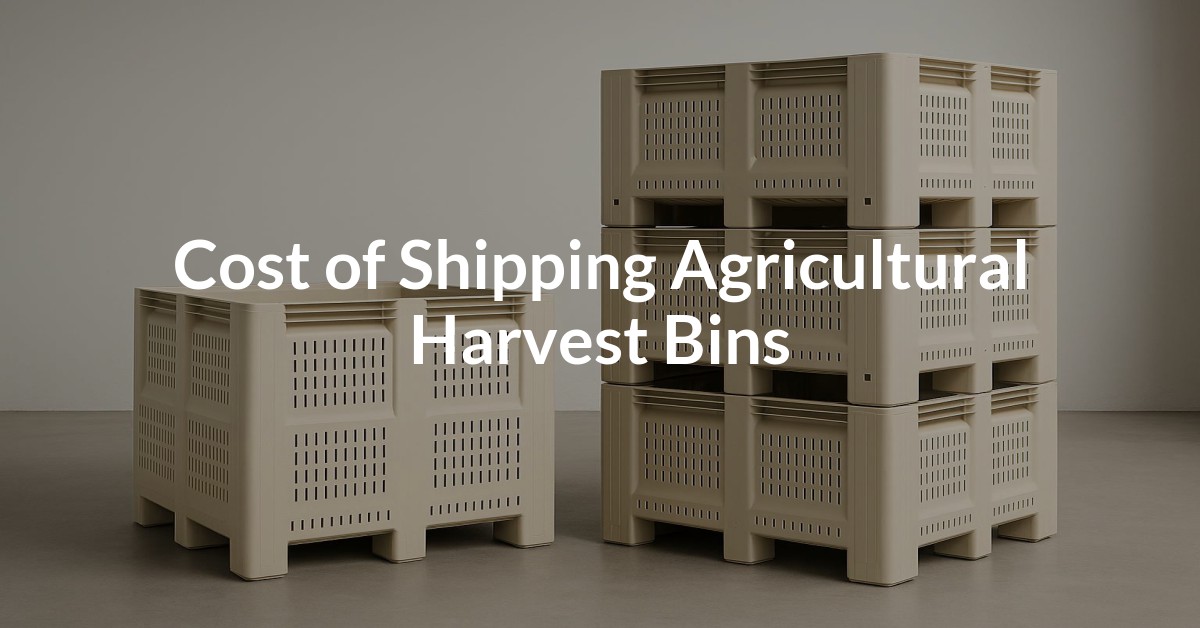Introduction
Shipping custom wooden crates efficiently requires a thorough understanding of freight class, a standard set by the National Motor Freight Classification (NMFC) system. Accurately classifying your freight is crucial for cost-effective logistics, impacting shipping rates and carrier requirements significantly.
Understanding Freight Class
Freight class is a standardized measurement utilized by carriers to determine the shipping costs and requirements for Less Than Truckload (LTL) freight. Key factors considered include weight, density, stowability, handling, and liability. For custom wooden crates, knowing the correct freight class ensures you pay only what is necessary and avoid surcharges.
How to Determine Freight Class for Wood Crates
- Measure the Dimensions and Weight of the Crate: Accurate measurements are imperative as these factors directly influence the freight class category.
- Calculate the Crate's Density: Use the formula Density = Weight / (Length x Width x Height). The resulting density in pounds per cubic foot contributes to the freight class.
- Reference the NMFC Guidelines: Use the NMFC number specific to wooden crates, consulting our Freight Class Calculator to easily determine the appropriate class.
- Consider Stowability and Handling: Ensure that the crate's shape and weight do not impede its ability to be stacked or handled using standard equipment.
- Evaluate Liability Risks: Consider the value of the contents and potential for damage, as wooden crates typically provide ample protection.
Shipping Custom Wooden Crates with Freight Sidekick
Freight Sidekick offers multiple options tailored for different shipping needs, allowing you to move wooden crates seamlessly across the United States and Canada.
Full Truckload (FTL) Solutions
For substantial shipments that require the entire truck capacity, our FTL services with Dry Van, Refrigerated, Flatbed, and Step Deck trailers ensure that your custom wooden crates receive dedicated transportation.
Less Than Truckload (LTL) Shipping
LTL shipping is perfect for smaller shipments of custom wooden crates up to 15,000 lbs. This cost-effective option allows multiple shippers to share truck space, effectively utilizing our extensive network.
Partial/Shared Truckload Options
For crate shipments falling between 12-36 feet or up to 30,000 lbs, our Partial/Shared Truckload service uses Dry Van, Flatbed, or Step Deck trailers to optimize space and cost.
Small Equipment for Local Deliveries
For regional or local deliveries, our Box Trucks, Hotshots, Cargo Vans, and Gooseneck Trailers provide nimble and efficient solutions for custom wooden crates.
Cost-Saving Strategies for Shipping Crates
Maximize your shipping efficiency by consolidating shipments, selecting the appropriate freight class early in the planning process, and leveraging tools like our Freight Quote Tool for upfront cost assessments.
Best Practices and Common Pitfalls
- Ensure accurate measurement to avoid reclassification and additional fees.
- Use reinforced wooden crates to enhance protection and reduce damage liability.
- Clearly label weight and handling instructions to promote safe and efficient loading/unloading.
- Research and comply with any state-related regulation using our State-by-State DOT Regulations tool.
Personalized Assistance
Get a quote today, call 877-345-3838, or email support@freightsidekick.com











